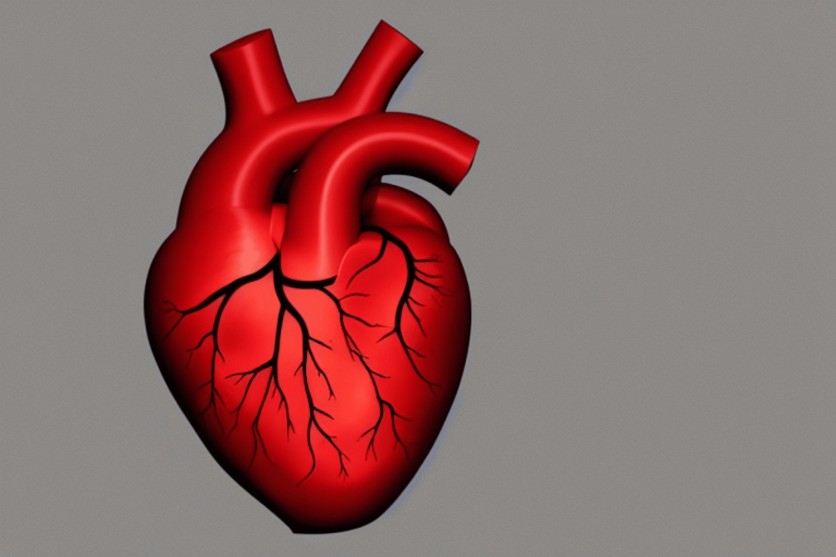The PULSE project emerges as a significant endeavor at the forefront of biomedical research, seeking to propel bioprinting technology to new heights, both on Earth and in space.
With substantial funding of nearly 4 million euros from the European Innovation Council's Pathfinder Open, PULSE brings together interdisciplinary scientists in a collaborative effort to push the boundaries of scientific inquiry and technological innovation.
In a span of five years, this ambitious project aims to revolutionize bioprinting techniques, enhancing human health and supporting safer and sustainable space exploration.

What Is Bioprinting?
Bioprinting is an innovative technology that involves creating three-dimensional biological structures using living cells, biomaterials, and growth factors. It is similar to traditional 3D printing but uses living cells and bioinks instead of inanimate materials.
The process begins with carefully selecting specific types of living cells from the patient or donors, depending on the intended tissue or organ.
These cells are then combined with biocompatible materials to create bioinks, which act as scaffolds to support cell growth and tissue formation. The bioinks are loaded into a specialized bioprinter, which deposits them layer by layer to create the desired 3D structure.
Bioprinting has various applications, including regenerative medicine, drug development, disease modeling, and personalized medicine. Additionally, bioprinting allows researchers to create realistic tissue models for drug testing and disease research, advancing medical knowledge and therapies.
Read Also : Using Holograms, Sound Fields to Mold 3D Shapes May Be Alternative To Bioprinting, Rapid Prototyping
Magnetic and Acoustic Levitation
Combining magnetic and acoustic levitation, the PULSE project aspires to develop a state-of-the-art bioprinting platform that promises precise control over cell deposition, a critical factor for creating intricate and lifelike organoids that closely resemble human organs.
Among the key applications of this bioprinting technology is the creation of in vitro 3D human heart models. These heart models will play a crucial role in studying the effects of space conditions and radiation on the human cardiovascular system.
By offering valuable insights into cardiac physiology and pathology, these organoids promise to advance preventive and therapeutic solutions, benefiting astronauts embarking on long-duration space missions and cancer patients undergoing radiation therapy.
Project coordinator Lorenzo Moroni, also a professor of Biofabrication for Regenerative Medicine at the University of Maastricht, highlighted the broader impact of the PULSE project.
He emphasized that bioprinted organoids, closely replicating human organ complexity, can potentially reduce the need for animal experimentation, providing a more accurate and efficient platform for studying disease mechanisms and drug responses.
"The ambitious goals of the PULSE project are as much related to space research as they are to healthcare on Earth," Moroni said in a statement.
"Bioprinted organoids that closely replicate the complexity of human organs have the potential to reduce the reliance on animal experimentation and provide a more accurate and efficient platform to study disease mechanisms and evaluate drug responses," he added.
Related Article : 'Chameleon Robots:' These Robots Can Change Colors and Mimic Their Surroundings Through 3D Printing





![Most Useful Google Chrome Keyboard Shortcuts You Need to Know to Improve Your Browsing Experience [2024]](https://d.techtimes.com/en/full/449047/most-useful-google-chrome-keyboard-shortcuts-you-need-know-improve-your-browsing-experience-2024.jpg?w=184&h=103&f=476d29fd60df70a67f6679f99a2ca6d0)